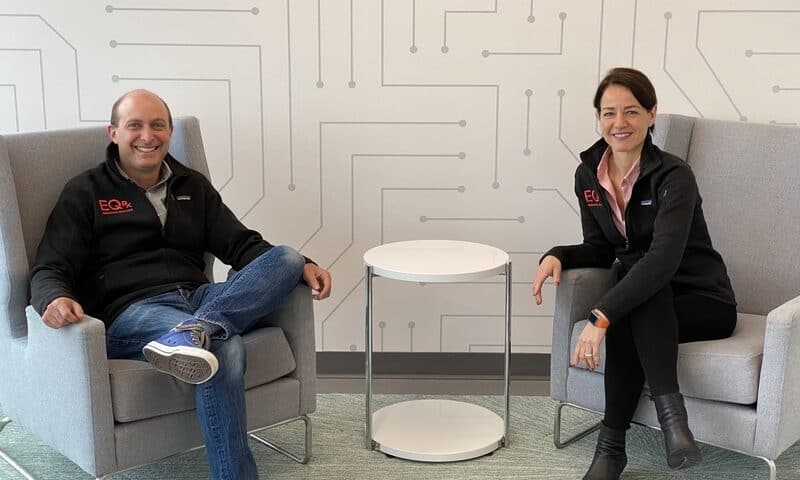EQRx is adding a pair of PD-1/PD-L1 meds to its pipeline through a licensing deal with China’s CStone Pharmaceuticals worth $150 million upfront, but that could net the latter up to $1.15 billion in milestone payments.
Under the deal, EQRx picks up the rights to develop and commercialize the drugs outside of China, Taiwan, Hong Kong and Macau. They include CS1003, an anti-PD-1 antibody in development for various tumors, and sugemalimab, a PD-L1 inhibitor that’s in phase 1 in the U.S. and in several phase 2 and 3 studies in China. CStone is testing sugemalimab in a registrational phase 2 study in lymphoma and in four phase 3 studies in non-small cell lung cancer, gastric cancer and esophageal cancer.
“We believe the addition of PD-L1 and PD-1 drug candidates to our expanding clinical pipeline provides EQRx and our strategic partners with optionality to deliver high-quality, lower cost treatment regimens across a broad range of cancers,” EQRx CEO Alexis Borisy said in a statement.
“Ultimately, adding this unique combination of potentially best-in-class immunotherapeutic agents advances our mission to deliver equal access to innovative medicines while lowering costs for patients, payers and healthcare systems around the world,” he added.
The CStone deal is just one part of EQRx’s effort to disrupt the steady upward march of drug prices. It has also licensed programs from G1 Therapeutics and Hansoh Pharmaceuticals.
“The prices we charge for new medicines have gone up, up and up; why? Because we can. They have increased in a dramatic way, while at the same time, through technological innovation and boring small efficiencies in engineering, drugs can now be radically more cost-effective,” Borisy said in a previous interview.
The company is starting out by in-licensing drugs like sugemalimab and CS1003, but, eventually, it plans to bring forth its own biologics and small-molecule drugs. Dubbed “fast followers,” the company’s first 50 programs will be designed after—but still be differentiated from—existing drugs either already in the market or coming to market soon.
The goal is to bring market-based competition and pricing elasticity into the pharma market, much like budget airlines did in their industry: “With JetBlue and Southwest, the legacy carriers had to merge and figure out ways to be more efficient,” Borisy said in a previous interview.
The hope is that EQRx’s medicines will help the market settle on lower prices. If a drugmaker sells its drug at a reasonable price, EQRx’s “fast follower” shouldn’t eat too much into its market share, Borisy said. But if the drug’s price is too high, the copy should take over its market share.
“We know how the drugs work and how the biology works here,” Borisy said. “We know what we need to show clinically, and we can be ruthlessly efficient in that path-follower mode.”
And working with well-known biology and well-established drug development approaches means lowering the risk inherent in R&D, cutting down on failure and saving money along the way.
The savings can be passed along to the payer or consumer. But, Borisy says, this is not a philanthropic exercise. “EQRx will still be profitable,” he says, but profitable through efficiencies.

